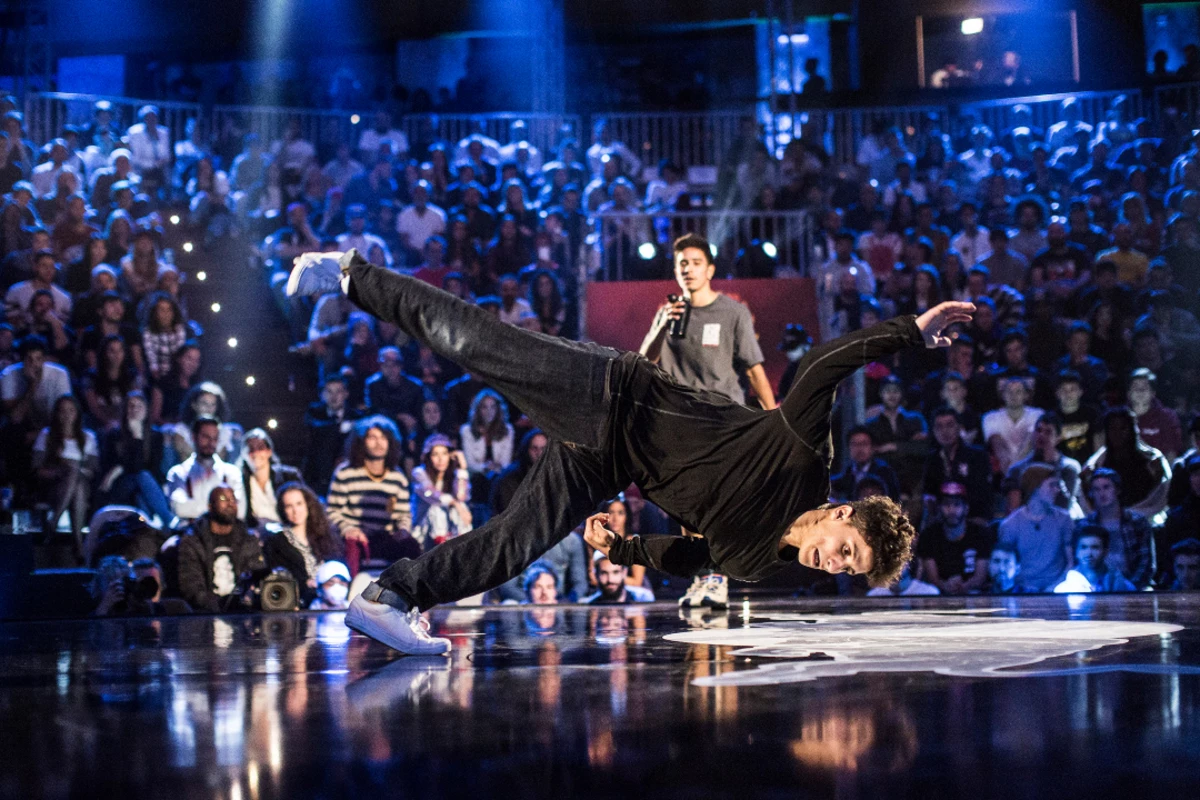The Breakdancing Competition Format

Breakdancing competitions, or battles, are dynamic and captivating events that showcase the artistry and athleticism of breakdancers worldwide. The structure of a competition involves a series of rounds where dancers compete against each other, demonstrating their skills and creativity. Judges evaluate these performances based on a set of criteria, ultimately determining the winner.
Judging Criteria and Scoring System
Judges in breakdancing competitions assess the dancers’ performances based on a range of criteria, including:
- Power Moves: These are complex and impressive moves that require strength, agility, and control. Examples include headspins, windmills, flares, and backspins.
- Footwork: Breakdancers use intricate footwork patterns to create rhythm and flow in their routines. Footwork techniques like the “six-step” and “track” are highly valued.
- Toprock: This refers to the breakdancing style performed on the top of the feet, incorporating a variety of steps, turns, and footwork patterns.
- Creativity and Originality: Judges look for unique and innovative moves, as well as personal style and expression.
- Musicality: Breakdancers must demonstrate a strong understanding of the music, incorporating their moves to the rhythm and beat.
- Stage Presence and Showmanship: A dancer’s charisma, stage presence, and ability to engage the audience are also important considerations.
Judges typically assign scores to each dancer based on a point system, with a higher score indicating a better performance. The scoring system may vary slightly between competitions, but generally includes:
“Points are awarded for technical skill, creativity, musicality, and stage presence.”
Competition Rounds, Breakdancing olympics
Breakdancing competitions usually follow a structured format, with dancers progressing through different rounds:
- Qualifying Rounds: In the initial rounds, dancers perform individually or in small groups to demonstrate their skills and compete for a spot in the later rounds.
- Battle Rounds: In these rounds, dancers compete head-to-head, taking turns performing against each other. The judges evaluate each dancer’s performance and determine who advances to the next round.
- Final Rounds: The final round typically features the top performers, who compete for the championship title. The final round often involves a higher level of intensity and pressure.
Competition Structure Overview
| Element | Details |
|—|—|
| Round Duration | Varies depending on the competition format, but typically lasts for a specific amount of time, ranging from 30 seconds to 2 minutes. |
| Number of Judges | Usually 3 to 5 judges, depending on the competition. |
| Scoring Criteria | Power moves, footwork, toprock, creativity, musicality, stage presence. |
Breakdancing’s Impact on the Olympics: Breakdancing Olympics

Breakdancing’s inclusion in the Olympics is a significant moment for both the sport and the Games themselves. It marks a departure from traditional Olympic disciplines and signals a shift towards embracing contemporary culture and athleticism. The impact of breakdancing on the Olympics is multifaceted, encompassing potential benefits and challenges.
Potential Benefits
Breakdancing’s inclusion offers several potential benefits for the Olympics. First, it has the potential to attract a younger audience, particularly those who are drawn to street culture and urban sports. This could lead to increased viewership and participation in the Games. Second, breakdancing’s emphasis on creativity, artistry, and athleticism aligns well with the Olympic values of excellence, friendship, and respect. It provides a platform for showcasing the unique talents and skills of breakdancers from around the world. Finally, breakdancing can contribute to the diversity and inclusivity of the Olympics, showcasing a sport that has its roots in marginalized communities and is accessible to individuals of all backgrounds.
Potential Challenges and Controversies
While breakdancing’s inclusion presents numerous benefits, it also raises certain challenges and controversies. One key concern is the subjective nature of judging in breakdancing, as it involves assessing artistic expression and technical skill. Ensuring fair and consistent judging will be crucial to maintaining the integrity of the competition. Another challenge is the potential for commercialization and the influence of corporate sponsorships on the sport’s authenticity and integrity. It’s important to strike a balance between promoting breakdancing and preserving its roots in street culture. Finally, there are concerns about the potential for breakdancing to be seen as a niche sport, limiting its appeal to a broader audience.
Shaping the Future of the Olympics
Breakdancing’s inclusion in the Olympics is likely to have a significant impact on the future of the Games. It signals a willingness to embrace new sports and disciplines, reflecting evolving cultural trends and societal values. This could pave the way for other urban sports, such as skateboarding and parkour, to be included in future Olympics. Breakdancing’s emphasis on athleticism and artistry could also inspire a shift towards a more holistic approach to sport, recognizing the importance of creativity and expression. Moreover, the inclusion of breakdancing could contribute to a more diverse and inclusive Olympic movement, attracting athletes from a wider range of backgrounds and cultures.
Breakdancing olympics – Breakdancing, now a recognized Olympic sport, requires incredible athleticism and agility. The intense focus and preparation needed for such competitions can be compared to the swift and decisive action required during a natural disaster like the Japan earthquake tsunami warning , where quick thinking and coordinated efforts are crucial for survival.
Just as breakdancers train to execute complex moves flawlessly, communities in earthquake-prone areas practice drills and develop emergency plans to minimize damage and ensure safety.
The inclusion of breakdancing in the Olympics has been a game-changer, attracting a whole new generation of viewers and athletes. This move marks a significant shift in the perception of breakdancing, recognizing it not just as a street art form but as a true athletic discipline.
For those interested in learning more about this exciting new era in the Olympics, you can check out this article about olympics break dancing. As breakdancing continues to evolve within the Olympic context, it will be fascinating to see how it impacts the sport and its athletes in the years to come.